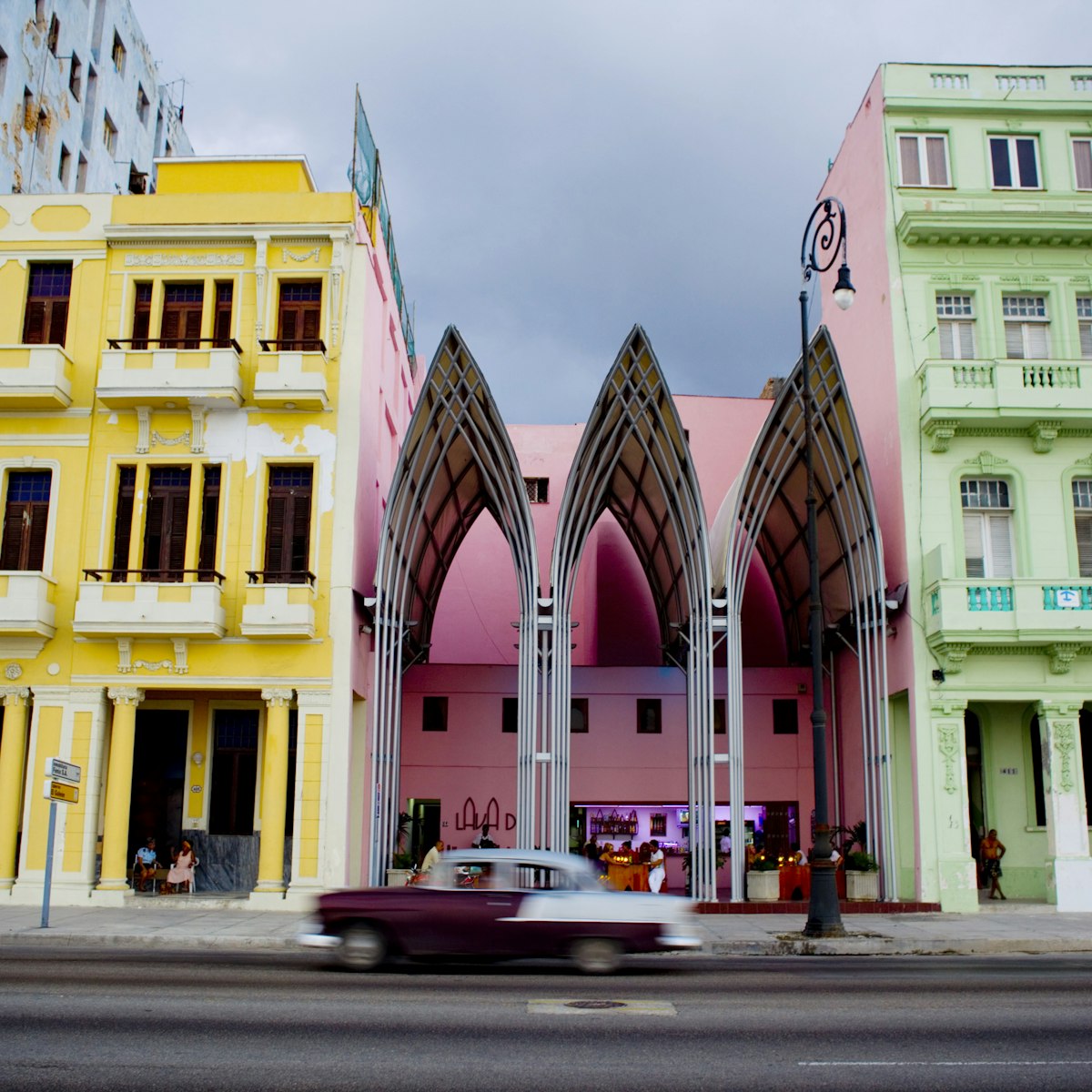Even with no artifacts, Havana's city museum would be a tour de force, courtesy of the opulent palace in which it resides. Filling the whole western side of Plaza de Armas, the Palacio de los Capitanes Generales dates from the 1770s and is a textbook example of Cuban baroque architecture, hewn out of rock from the nearby San Lázaro quarries. A museum has been here since 1968.
From 1791 until 1898 the palace was the residence of the Spanish captains general. From 1899 until 1902 the US military governors were based here, and during the first two decades of the 20th century the building briefly became the presidential palace. These days the museum is wrapped regally around a splendid central courtyard adorned with a white-marble statue of Christopher Columbus (1862). Artifacts (some of them a tad dusty) include period furniture, military uniforms and antique horse carriages, but the real history-defining highlights are the boat used by Antonio Maceo to cross the Trocha de Mariel in 1896, a cannon captured by the Mambís (Cuban Independence War soldiers) from the Spanish in 1897, and Cuba's first flag, raised by Narciso López in Cardénas in 1850. Audio guides (CUC$5) are available in Spanish and English.






